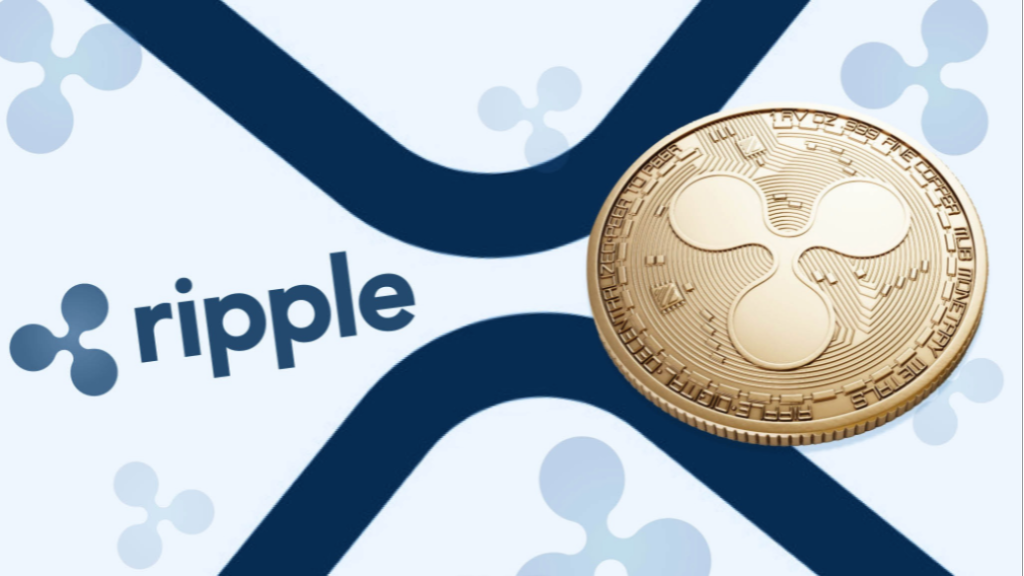Ripple’s recently launched Liquidity Hub offers enterprises an optimized solution for accessing global payout rails and crypto liquidity. However, the absence of Ripple’s native token, XRP, from the supported digital assets list has raised questions.

Ripple’s general counsel, Stuart Alderoty, explained the reasons behind this decision on Twitter.
Alderoty said that institutional customers, mostly in the U.S., who want to access a variety of crypto assets such as Bitcoin (BTC), Ethereum (ETH), Ethereum Classic (ETC), Bitcoin Cash (BCH) and Litecoin (LTC) are the target market for the Liquidity Hub. He said that XRP currently has low liquidity in the U.S. market and that Ripple will evaluate adding XRP to the Liquidity Hub when it can offer a better customer experience.
Alderoty also pointed out that one of the main challenges for including XRP in the Liquidity Hub is the lack of regulatory clarity in the U.S., which is essential for enterprise customers.
The legal drama between Ripple and the U.S. Securities and Exchange Commission (SEC) continues, over whether XRP is a security or not. The outcome of this case could have significant implications for the future of XRP and its use cases.
Alderoty confirmed that On-Demand Liquidity, Ripple’s other product that works with XRP for cross-border payments, is still good to go despite the Liquidity Hub launch. ODL continues to use and sell XRP globally, with its product thriving in markets where regulatory clarity exists.
The Liquidity Hub aims to bridge the gap between fiat systems and crypto by providing businesses with a seamless way to manage their crypto liquidity needs.
The product sources digital assets from multiple liquidity venues, including exchanges, market makers, and OTC desks, using smart order routing algorithms.
Ripple claims that businesses can reduce costs, enhance transparency, and free trapped capital using its Liquidity Hub.
